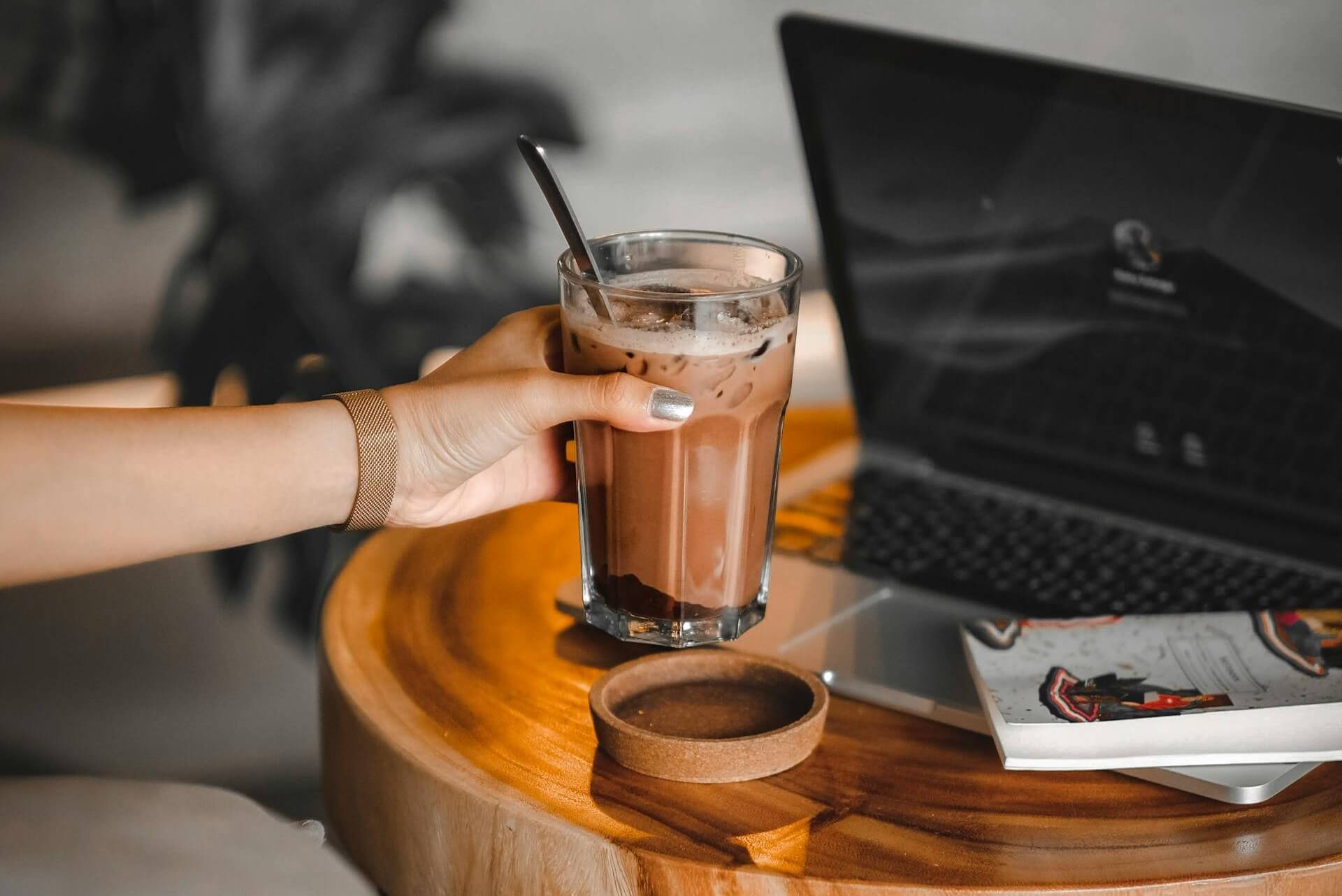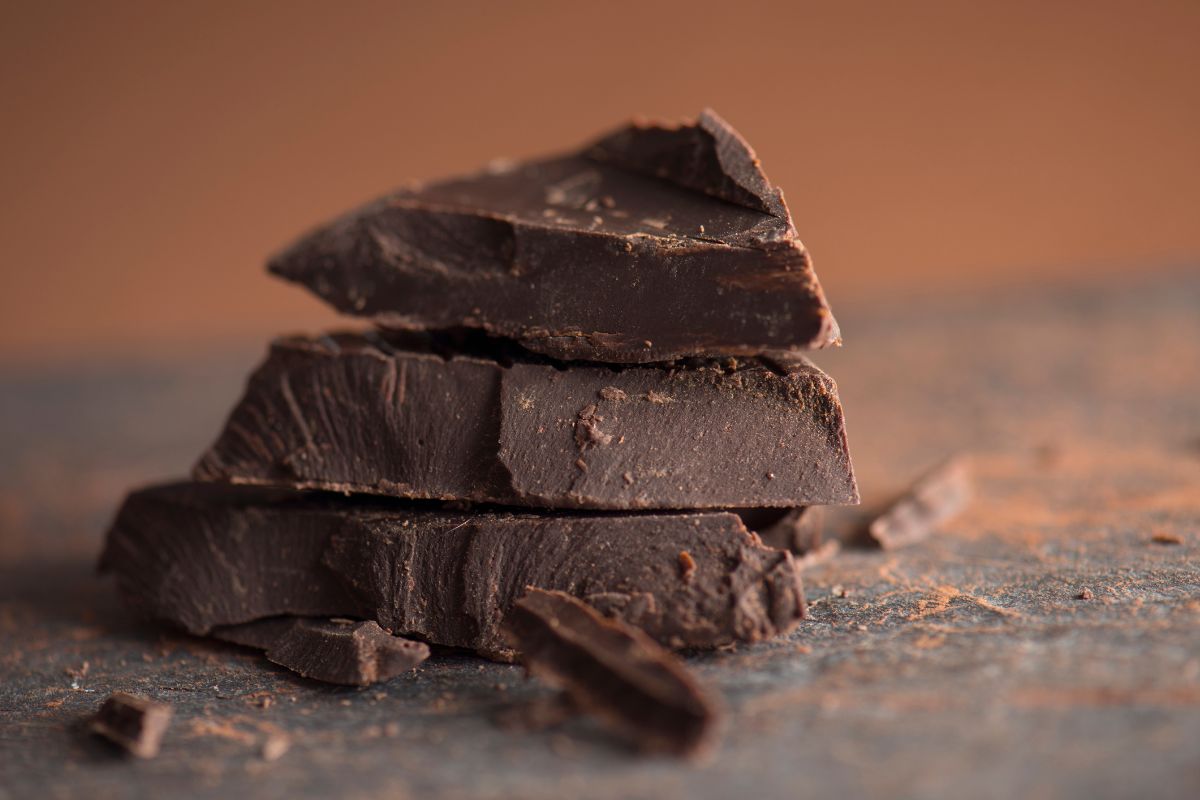If you’ve discovered ceremonial cacao, you’ve probably noticed it's not the same as an ordinary bar of chocolate. Yes, the taste is more intense, but the mood-shift it delivers can be incredible and that’s often what keeps people coming back.
But if you’re currently taking antidepressants - especially SSRIs (selective serotonin reuptake inhibitors) or MAOIs (monoamine oxidase inhibitors) - you may be wondering: is it safe to drink cacao alongside my medication?
This is one of the most common questions I receive. So, as both a doctor and herbalist, I want to walk you through what the research says, where caution is needed and when to avoid ceremonial cacao altogether.

How Cacao Affects the Brain & Body
Ceremonial-grade cacao contains a constellation of compounds that act on the nervous system:
-
Theobromine - a gentle stimulant and vasodilator. It increases heart rate and blood flow, but unlike caffeine, it has smoother, longer-lasting effects - which means no jitters, crash or withdrawals if you skip it for a day or longer
-
Tryptophan - an amino acid that your body converts to the mood-boosting compound serotonin and eventually the sleep-cycle regulator melatonin. This means, cacao really does help lift your mood and improve sleep.
-
Tryptamine - another amino acid that works on the brain. Specifically, tryptamine activates serotonin receptors (especially the 5HT2A serotonin receptor in the brain) and has been found to reduce the activity of the part of the brain responsible for fear, the amygdala.
-
Phenylethylamine (PEA) - sometimes called the “love molecule.” Although it’s rapidly broken down in the body, it may contribute to the short-term bliss-type uplift people feel with cacao (Parker et al., Journal of Psychopharmacology, 2006).
-
Flavanols & magnesium - flavonoids in cacao improve vascular function and may support brain blood flow, while magnesium is well-known for its calming, muscle-relaxing effects.
These are the same molecules that make cacao unique among plant medicines, but they also explain why interactions with medications are possible.

How SSRIs Work
SSRIs (like fluoxetine/Prozac, sertraline/Zoloft, citalopram/Celexa and others) are designed to increase serotonin levels in the brain by blocking its reuptake into nerve cells.
This results in higher serotonin availability in the synaptic space, which helps stabilise mood for many people.
Because cacao also influences serotonin pathways (although in a gentler way) combining the two raises the question of whether it could push serotonin levels too high.

The Overlap: Where Cacao and SSRIs Might Interact
-
Serotonin load: While there are no published case reports directly linking ceremonial cacao to serotonin syndrome, in theory, cacao’s serotonin-precursor amino acids could add to the serotonergic effects of SSRIs.
-
Serotonin syndrome: This is a rare but potentially serious condition caused by excessive serotonin. Symptoms include agitation, sweating, rapid heartbeat, and tremor.
-
Flavonoid interactions: Some cacao flavonoids mildly block the action of monoamine oxidase (an enzyme that breaks down serotonin), which could, in theory, further elevate serotonin if combined with antidepressants. This is largely speculative, as clinical evidence is lacking.
Contraindications: When Cacao Is Risky
Certain scenarios make high-dose cacao use more concerning:
-
MAOIs (monoamine oxidase inhibitors): Unlike SSRIs, MAOIs can interact strongly with foods rich in tryptamine or tyramine. Chocolate (and by extension, cacao) is a classic example - it may raise blood pressure dangerously when combined with MAOIs.
-
Uncontrolled high blood pressure or heart disease: Because theobromine is a stimulant and vasodilator, it can add stress to the cardiovascular system.
-
Pregnancy: High theobromine exposure in late pregnancy has been linked to lower birth weight and growth restriction in some studies (Lucca et al., Nutrients, 2020).
-
Anxiety disorders: In sensitive individuals, the stimulant effects of theobromine may worsen agitation or insomnia.
Read this blog for more on when it is and isn’t safe to take cacao, and potential side effects.

Safer Practices If You’re Taking SSRIs
If you’re considering trying cacao while on SSRIs, here are evidence-informed, harm-reduction steps:
-
Start small: Instead of a full ceremonial dose (35-40 g), begin with 5 to 10 g and monitor your response.
-
Track your mood: Keep a short journal of sleep, anxiety and physical symptoms for the first 1 to 2 weeks.
-
Avoid stimulant stacking: Don’t combine ceremonial cacao with multiple coffees, guarana yerba mate or any other stimulant in the same day.
-
Stop if you feel unwell: Stop immediately if you notice restlessness, excessive sweating or unusual agitation.
Always consult your doctor: Especially if you are on high-dose SSRIs or multiple medications.

FAQs on cacao and antidepressants
Is cacao safe with antidepressants?
There are no published studies showing that ceremonial cacao is unsafe with SSRIs. However, because both act on serotonin, there is a theoretical risk of serotonin overload. Caution and small doses are advised.
Can cacao cause serotonin syndrome?
It has not been documented in the medical literature. But because serotonin syndrome is possible when serotonergic substances are combined, the risk cannot be ruled out (Boyer & Shannon, NEJM, 2005).
What about dark chocolate?
A small piece of dark chocolate contains only a fraction of the theobromine and tryptophan found in a full ceremonial dose. The risk is considered negligible at dietary chocolate levels.
Can I replace my antidepressant with cacao?
No. While cacao can support mood, there is no evidence it can substitute for prescription antidepressants. Do not stop or reduce your medication without medical supervision.
Bottom Line
Ceremonial cacao is a powerful plant ally. It can calm, uplift and help us reconnect with ourselves. But if you are taking antidepressants, especially SSRIs or MAOIs, it’s important to respect the possibility of interactions.
The research is still developing, and no major clinical trials have tested cacao with SSRIs directly. That means we must rely on pharmacology, dietary studies, and cautious interpretation.
My advice as both a doctor, herbalist and cacao maker:
-
Start small.
-
Stay aware.
-
Talk to your doctor.
If in doubt, wait. Cacao will always be here for you when the time is right.
And if you feel cacao is a good fit for you, take a look at this post to learn more about ceremonial cacao and its benefits.
References
-
Boyer EW, Shannon M. The serotonin syndrome. N Engl J Med. 2005;352:1112-20.
-
Parker G, Parker I, Brotchie H. Mood state effects of chocolate. J Psychopharmacol. 2006;20(1):101-106.
-
Franco R, et al. Cocoa, polyphenols, and cardiovascular health. Front Immunol. 2013;4:104.
-
U.S. Food & Drug Administration. Food and drug interactions: MAOIs and tyramine. Guidance document.
-
Lucca FA, et al. Maternal theobromine consumption and fetal growth: A review. Nutrients. 2020;12(9):2573.
-
Richard DM, Dawes MA, Mathias CW, et al. L-Tryptophan: Basic metabolic functions, behavioral research and therapeutic indications. Int J Tryptophan Res. 2009;2:45-60.


